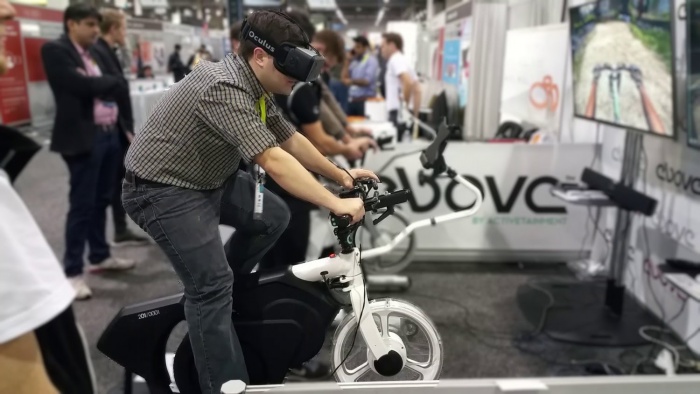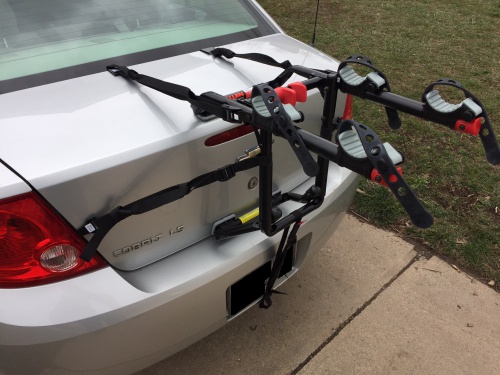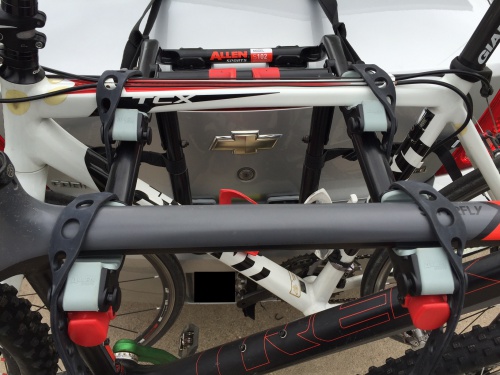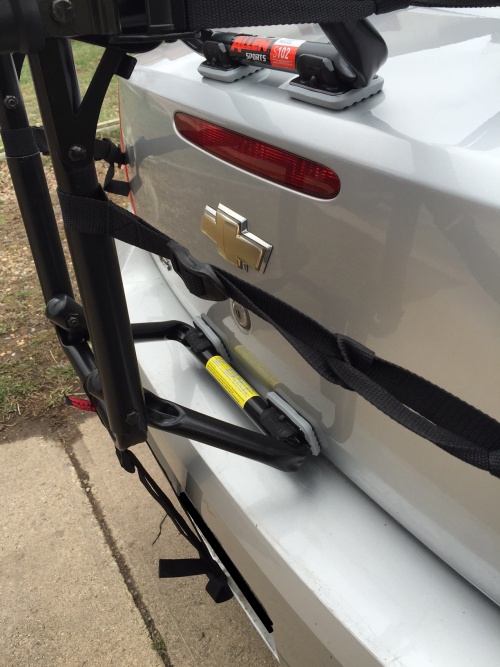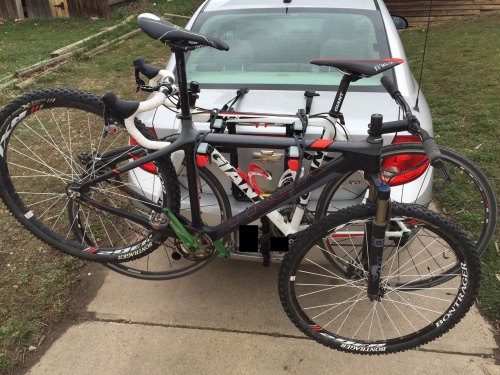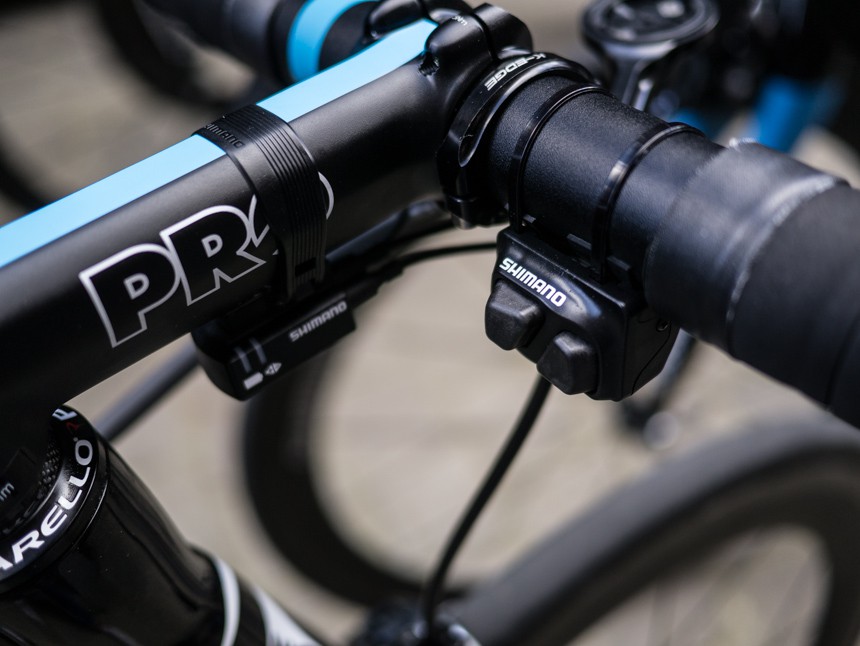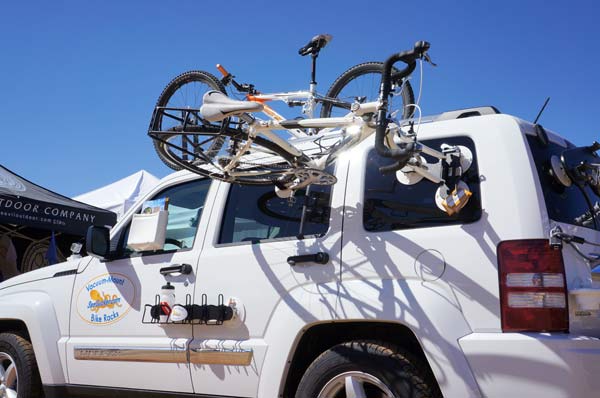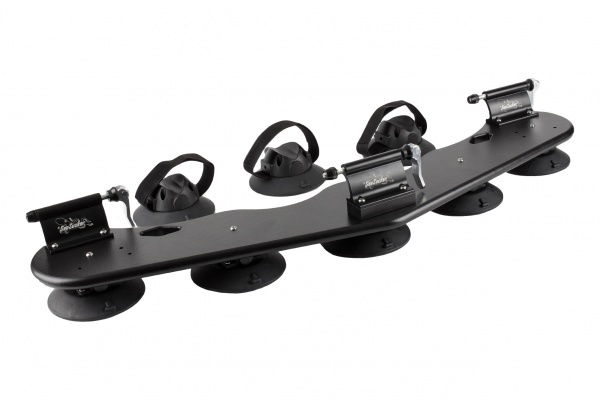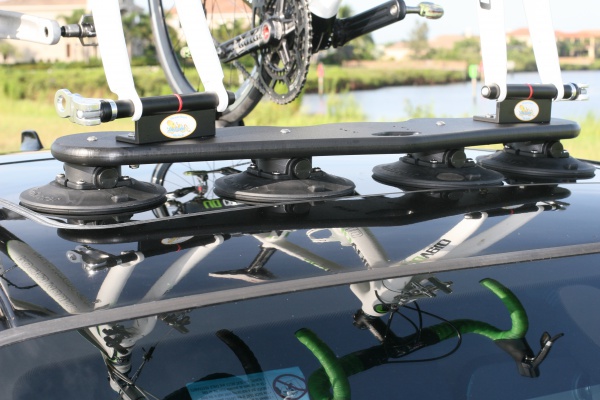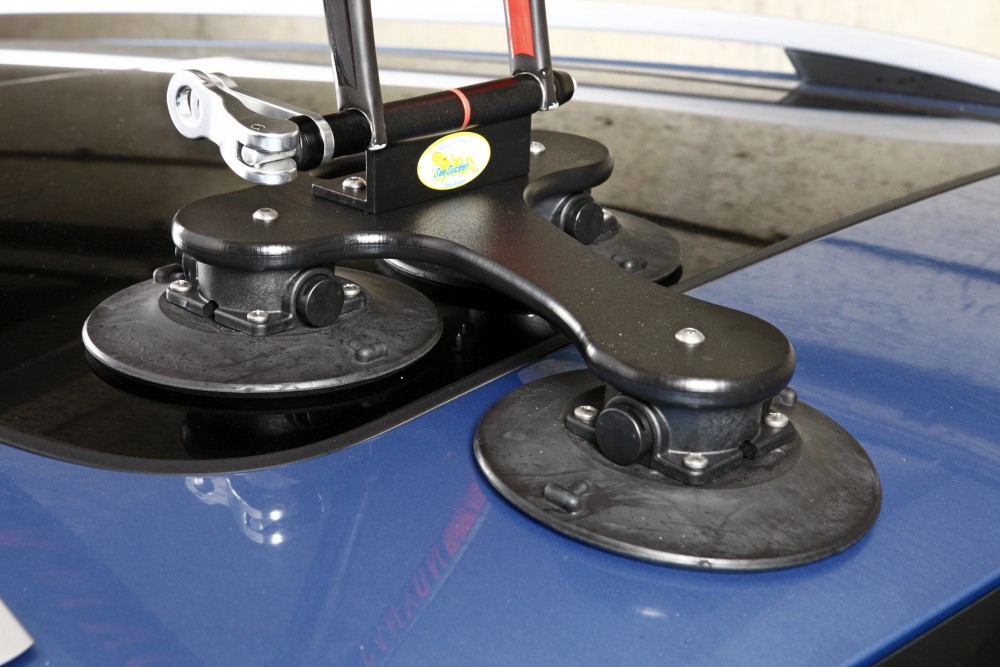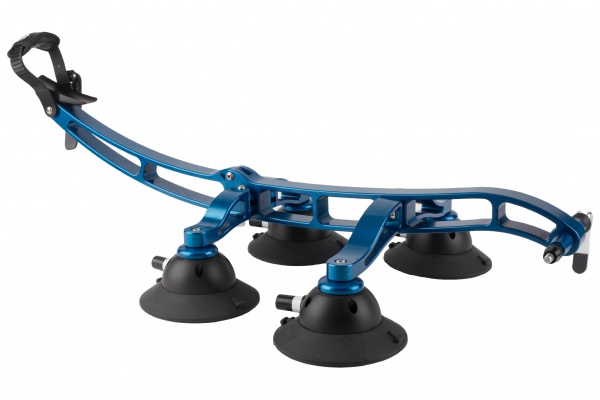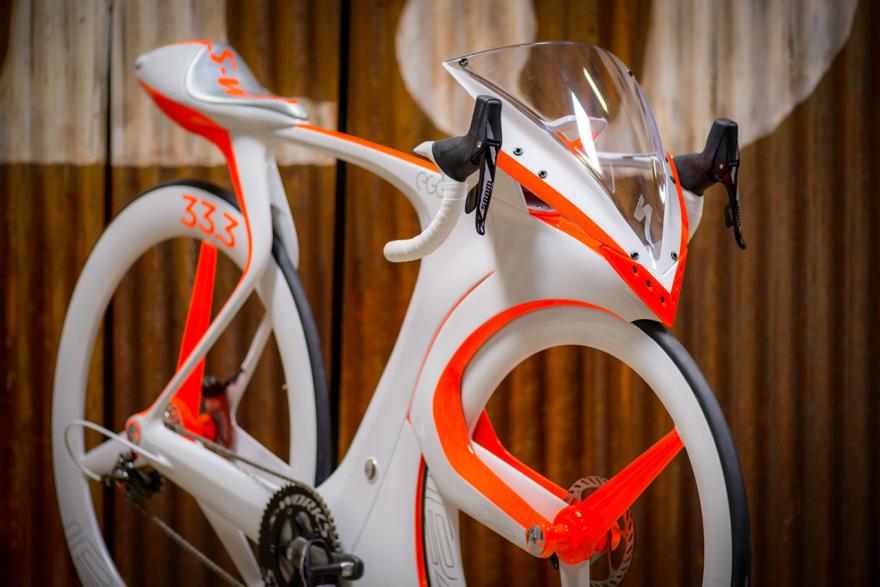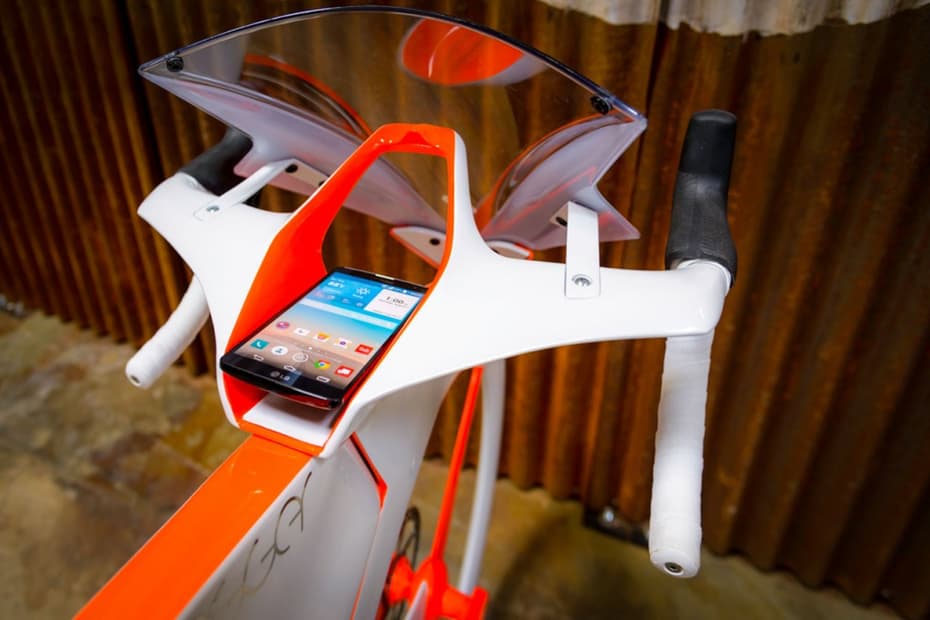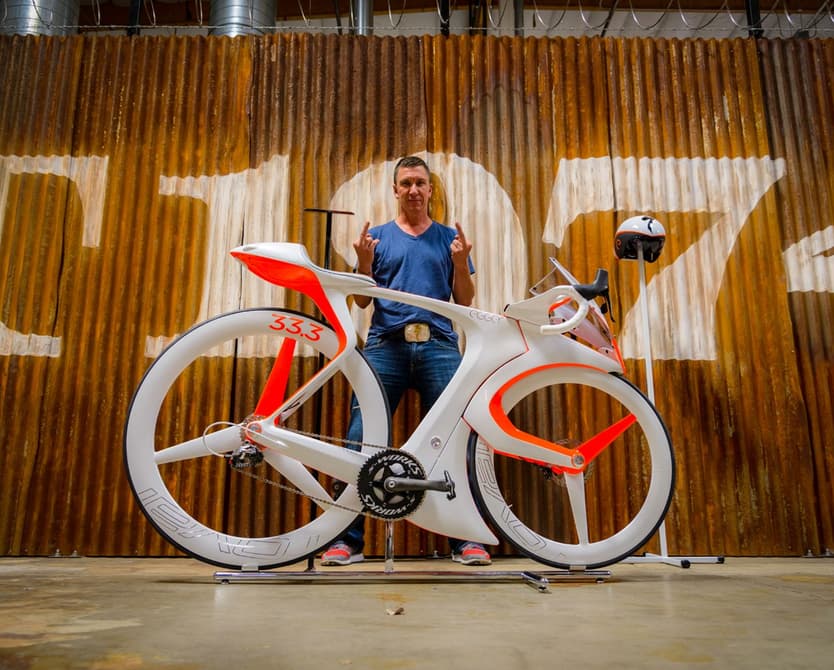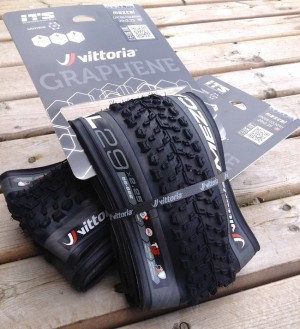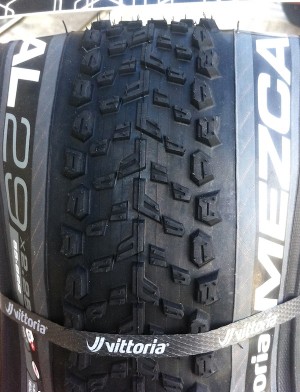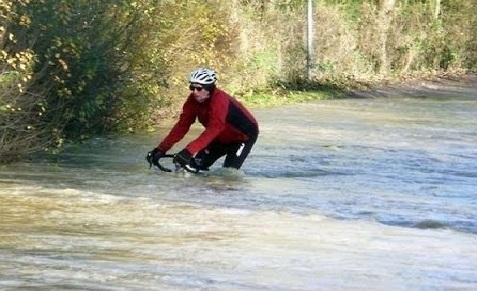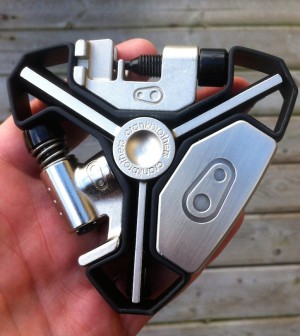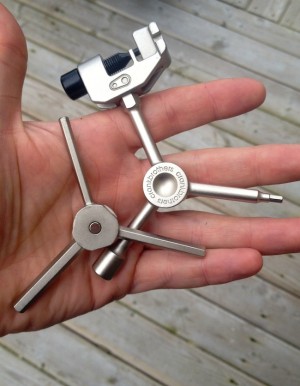Market Data Demographics
Describing the cyclist demographic with marketing data might be a good place to start. A marketing study done by Gluskin Townley Associates has produced a few quick out-takes about the cyclist demographic which provides a good overall look at just who is riding.
- Bicycling is not just for kids anymore. As kids continue to bury their heads in cell phones, typing away mindlessly, more adults are getting on bikes. (adults are also guilty of cell phone addiction)
- Youth equals diversity in the United States. Most of the children in America’s largest cities and states no longer have an Anglo-American cultural background. But more than 85 percent of bicycle riders are non-Hispanic and white. (A report done by the Cycling Commuting Center reports that the cost of a bicycle could be behind this statistic).
- Enthusiasts are driving growth. The number of frequent, dedicated cyclists continues to grow. (this is where racing and recreational cyclists tend to split the demographic data)
- Older riders ride more miles. Participation in bicycling falls off after the age of 55, particularly among women, but male riders who belong to the baby-boom generation show few signs of slowing down. In fact, riding days for men tend to increase after the age of 65.
Bike Trip Demographics

Income Levels and Bike Trips

Demographics by Types
Leisure Cyclists
Fairweather and Sensible
Path-Using Cyclists
Dedicated Cyclists
Cyclist Demographics by Sales
- Mountain Bike – 24%
- Hybrid/Cross – 21%
- Road – 20%
- Comfort – 15%
- Youth – 13%
- Cruiser – 6%
- Recumbent/Tandem – 1%
Who’s Really Out There
Cyclists are a community of progressive, environmentally conscious, free-minded individuals who use bikes for transportation, fun, health, and competition. While cyclists may choose to embrace their own disciplines, it’s important to note that they all share the roads, paths, and trails together as brothers and sisters, mothers, fathers, daughters and sons. While cyclist demographics are interesting to cyclists, it probably doesn’t really matter who’s out there to them, what kind of bike they ride, or the path they choose — as long as they ride.
